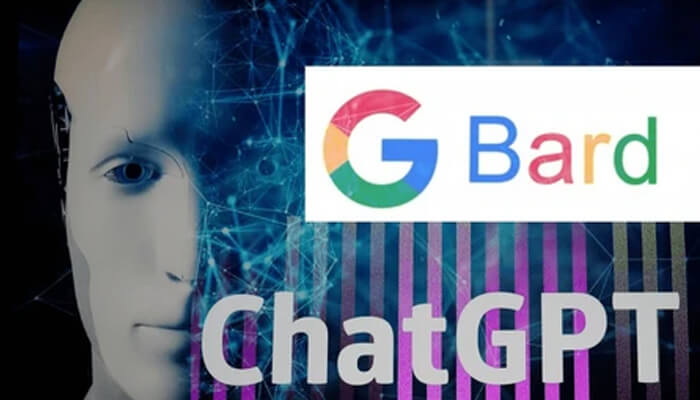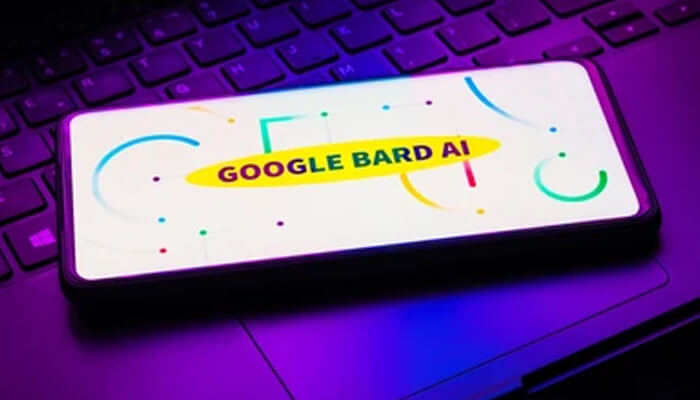English is a widely used language for the generative AI tool. Additional languages, including Japanese and Korean, are on the way. At least for English speakers around the world, Google has opened the floodgates to the Bard. The waitlist limiting access to the AI-powered chatbot has been eliminated after two months of more restricted testing.
Related Post: ChatGPT: How Generative Ai Could Revolutionize Recruiting
A week after Microsoft abolished the waitlist for its rival Bing chatbot, Google made the announcement at its Google I/O developer conference on Wednesday. As part of a 40-language expansion strategy, Bard now allows users to talk in Japanese and Korean in addition to 180 English-speaking nations and territories.
Chatbots have been around since Eliza in the 1960s, but modern advances in artificial intelligence, such as huge language models and generative AI, have significantly increased their utility. Generative AI may employ this analysis to answer text prompts with a written conversation that sounds human because LLMs are trained to recognize patterns throughout huge volumes of text from the internet, books, and other sources.
With a plethora of knowledge and a natural interface, it revolutionizes what computers can do. In addition to producing poetry and providing tax advice, chatbots have demonstrated their ability to build software, answer philosophical issues, and pass exams.
However, contemporary chatbots can also fabricate information, and those who support them are working hard to prevent this from happening. These issues include abuse, false information, hacking, and sexual harassment. And those are only short-term concerns. Today’s AI is capable enough to inspire worries about the abolition of white-collar occupations and the demise of civilization.
Google was a little bit late to the party even though it helped develop some of the technology that underlies modern chatbots. The popularity of the ChatGPT website from OpenAI skyrocketed. The core GPT-4 technology was incorporated into the Bing search engine by Microsoft, an investor in OpenAI.
Also Read: Play Online Gambling Games & Win Big Prizes At GetMega
John Hennessy, a Stanford University professor and board member of Google’s parent firm, Alphabet, stated in a talk in April that “Google was hesitant to productize this.”
However, Google is currently trying to catch up with what Bard product head Jack Krawczyk refers to as a “bold and responsible approach” meant to strike a balance between caution and advancement.
After I/O, we’ll quickly advance to the top 40 languages, according to Krawczyk. Google could have added 40 new languages by now, but instead chose to start with Japanese and Korean, according to him.
Aligning Bard With Ethical Principles
According to Krawczyk, “This is a part of our commitment to responsibility, alignment, and understanding the limitations that we are aware of with large language models.” The idea of alignment is the idea that AI behavior should be in line with human interests.
It provided capabilities to export Bard chat data to the Google Docs word processor and the Google Sheets spreadsheet in addition to making Bard public.
Identifying the source of an AI chatbot’s information is a challenging task. Due to this opacity, it is challenging to confirm facts, credit information to the proper sources, and generally comprehend why a chatbot provided the outcomes it did.
Also Read: Twitter’s New CEO Has Been Found, According To Elon Musk
Improved Source Citations For Bard
Google will soon make improvements to this issue, starting with solutions that involve computer code.
Starting the next week, we’ll make code citations even more explicit by displaying the actual blocks of code that are being referenced as well as any pertinent licensing data, according to Krawczyk. This also holds true for narrative online content citations.
The capability of handling photos, both as a cue you provide to Bard and as a component of its responses, is also under development. Additionally, Google will provide a developer interface that enables the integration of Bard with both Google and other apps. Adobe’s Firefly collection of generative AI tools was one of the earliest.



